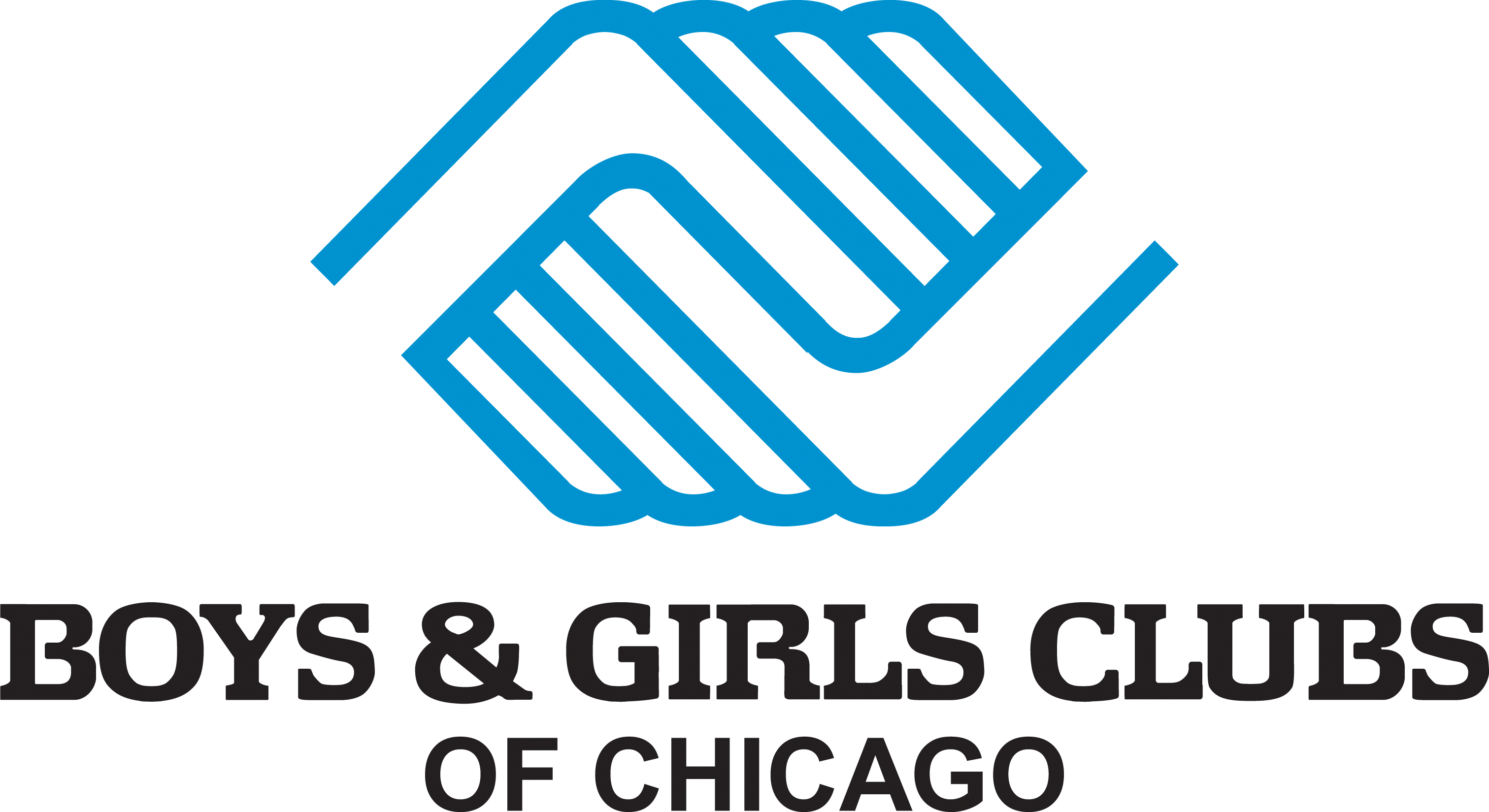Bartlett J. McCartin Boys & Girls Club
Formerly known as the Louis L. Valentine Club, located in the heart of Chicago’s Bridgeport neighborhood, the Bartlett J. McCartin Club offers a unique after-school experience for the more than 1,200 members it serves annually. First established in 1938, the Bartlett J. McCartin Club was originally a Boys’ Club. It is also an architectural landmark in the community, thanks to the two 50-foot totem poles that flank the entrance. Adding to the Club’s rich history is the fact that a lot of famous Chicagoans, such as the Daleys, were once members.
Bartlett J. McCartin Club
3400 S. Emerald Avenue
Chicago, IL 60616
773-927-7373
School-year hours: Monday-Friday, 2:30-6 p.m.
Teen-only hours: 6-7 p.m.
Ages 5-18
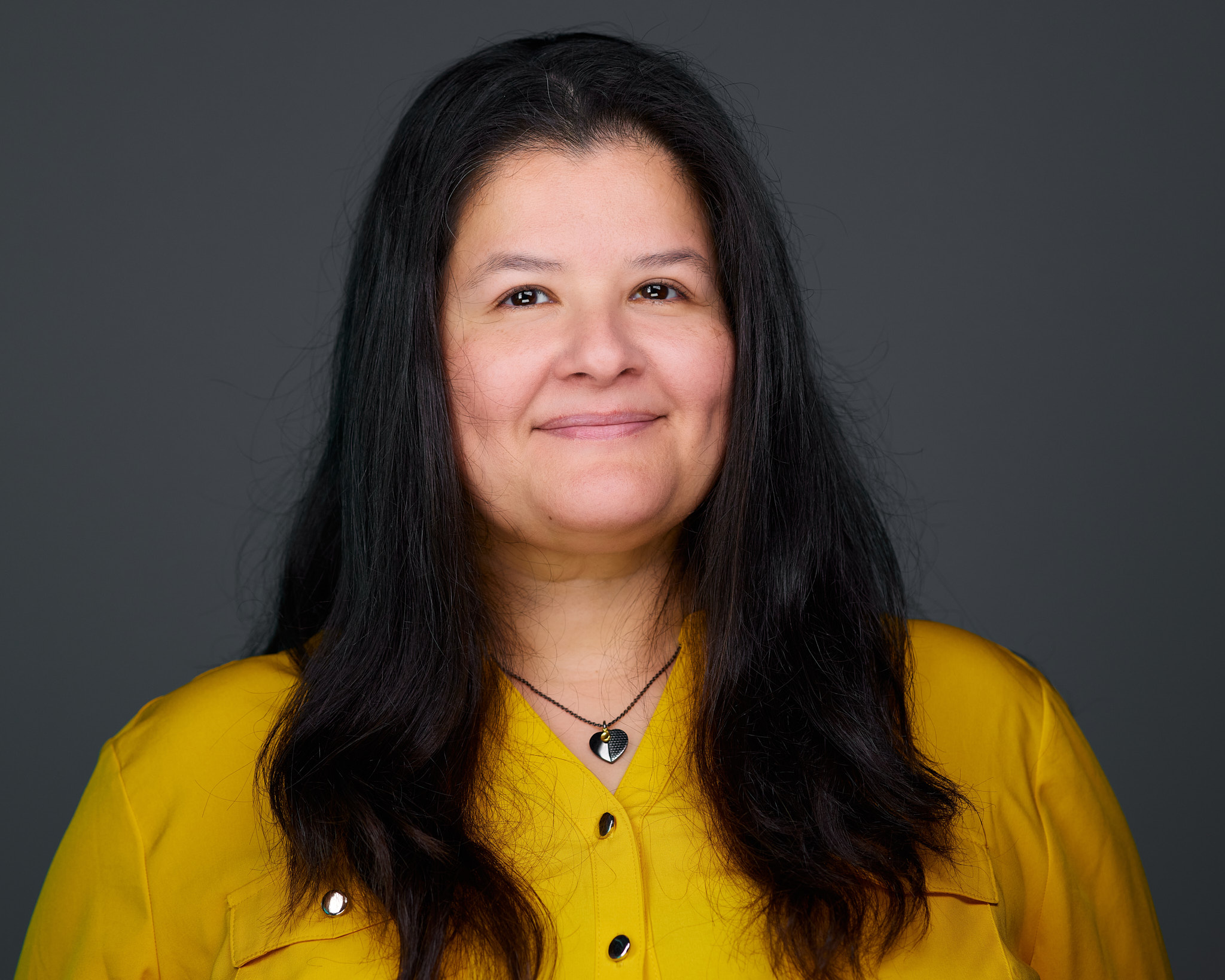
Welcome to the
Bartlett J. McCartin Club!
Hi! I'm Dawn Jimenez the Club Director at the Bartlett J. McCartin Club, and we are excited to serve your family. Though we are based in the Bridgeport, we welcome kids from all over the city. We are a tight-knit family that is proud to offer programs that fit our members' diverse interests, including academic support, mentorship, and physical activity. We look forward to serving you and your family!
Directors Q&A
The Boys & Girls Club inspires Chicago’s youth to learn while giving parents a peace of mind that their children are constructively engaged after school. The club provides positive adult role models, positive peer interaction and a sense of belonging. Every kid deserves a nurturing environment and opportunities that can change their lives for the better.
The inclusive environment allows kids from all over the city to empower their voices and make a change to become tomorrow’s leaders. The diversity of the club members and staff supports the development of cultural competence and empathy.
Life moves fast. Enjoy your childhood while under the guidance of positive adult role models. Explore all the club has to offer.
McCartin Club has been a safe place since 1938 for members to explore their interests with a wide variety of program offerings. The programs offered are essential to the development and growth in their education, leadership and physical activity. The warm, inviting environment provides the freedom to create lifelong friendships, memories and experiences.
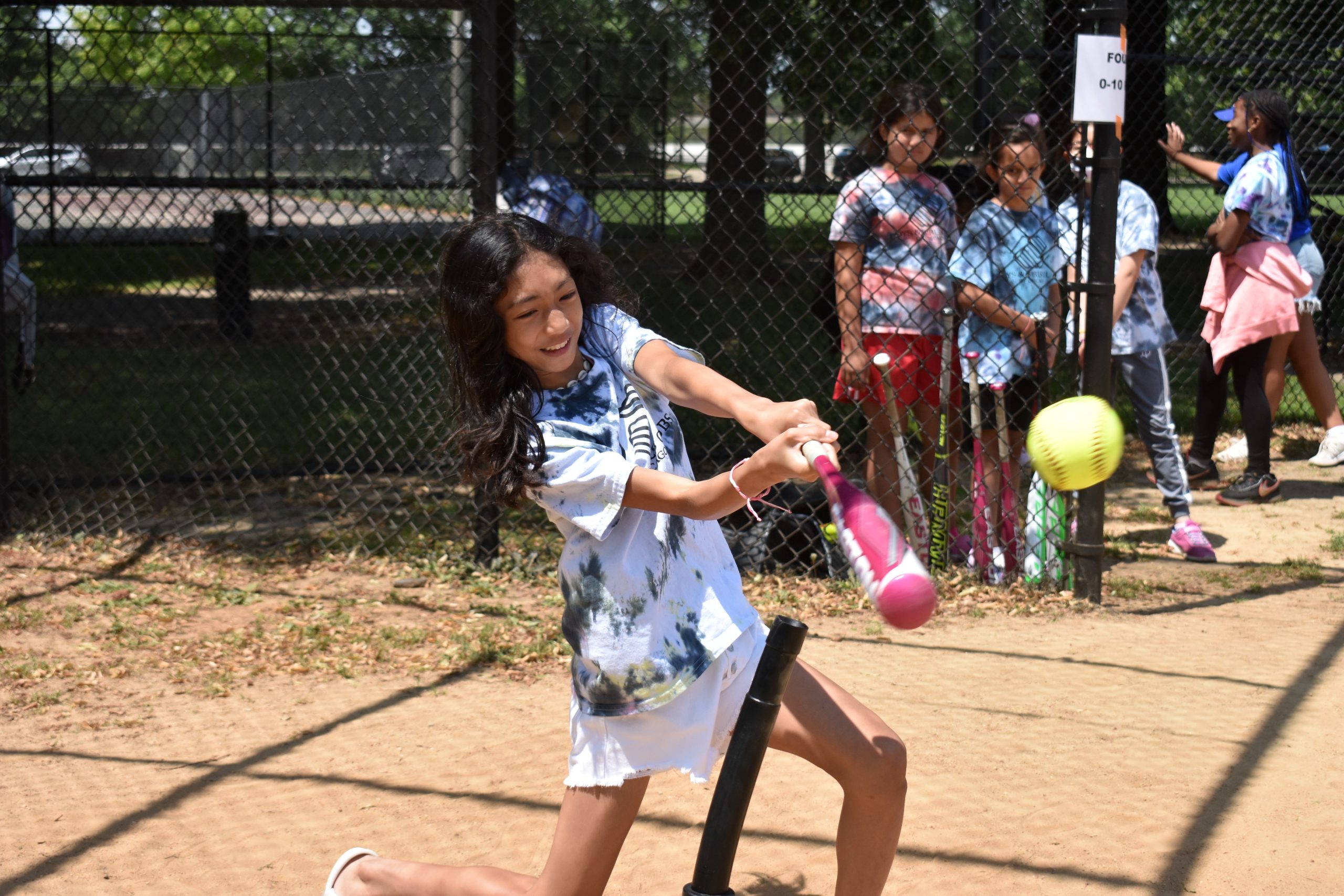
Connect with us on social media!
Tour Our Club
Want to take a deeper dive inside our Club? View the virtual tour below to see the special spaces we have for our kids!


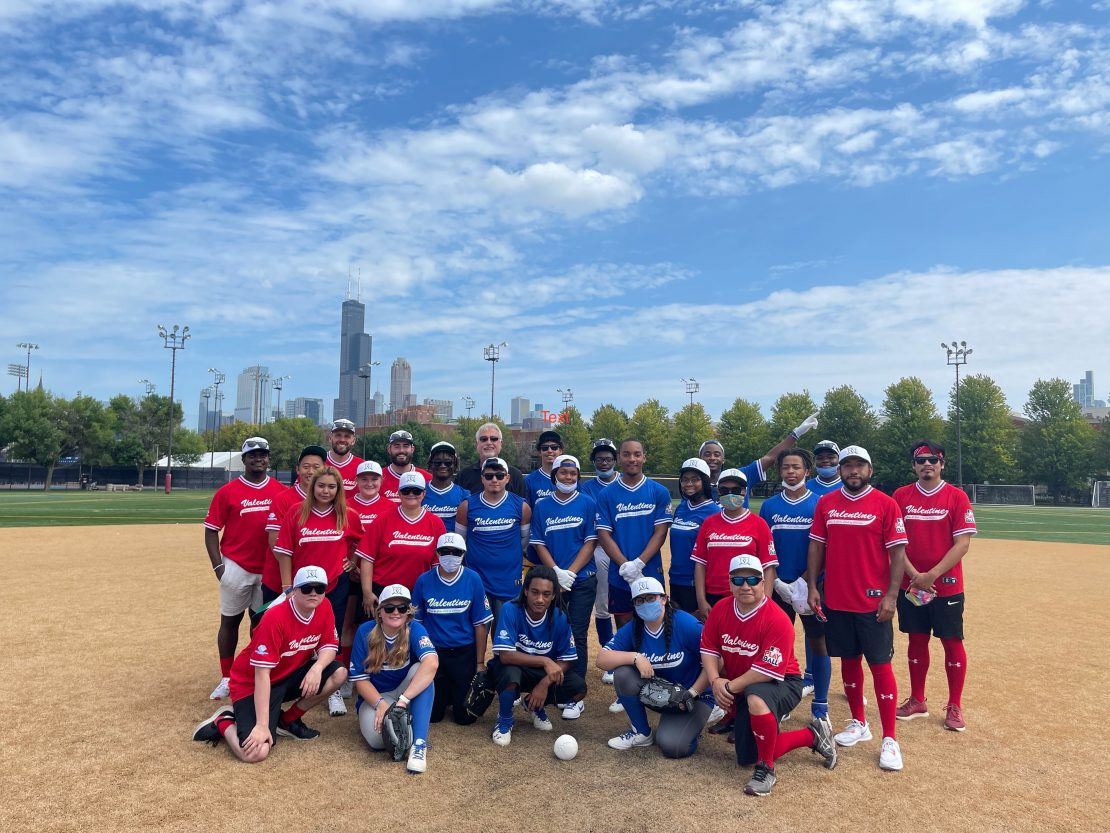
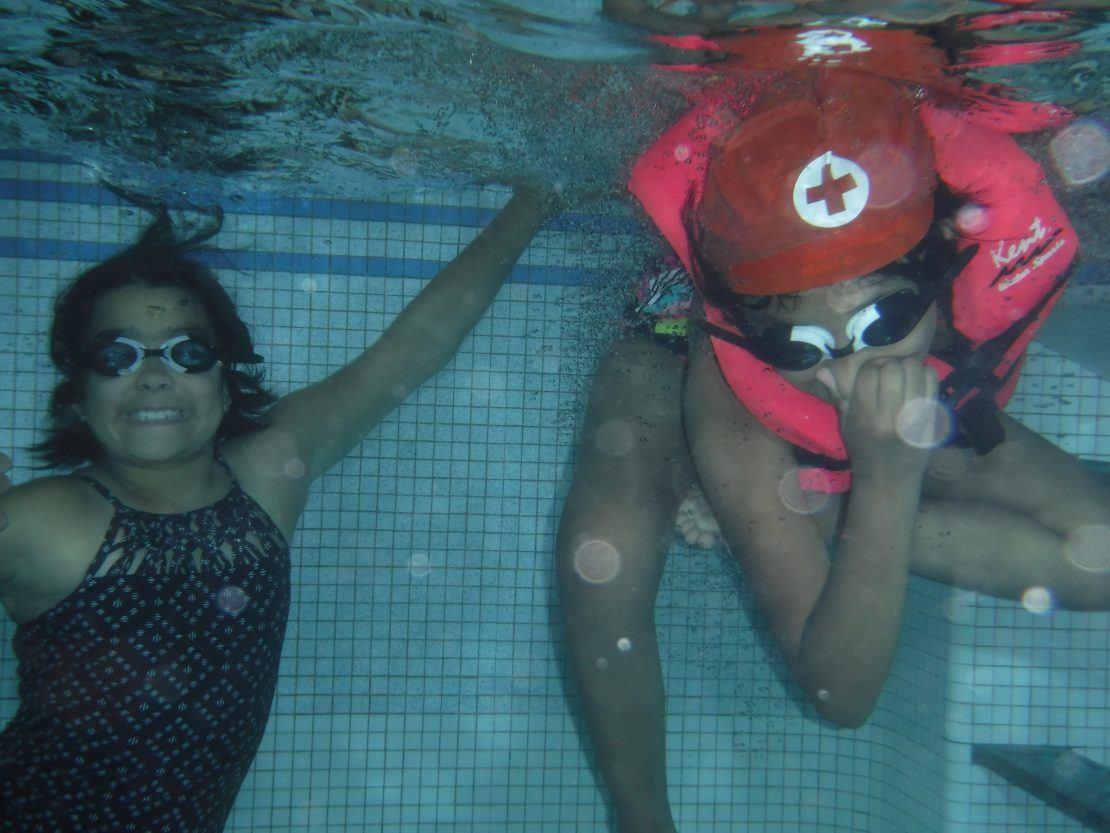
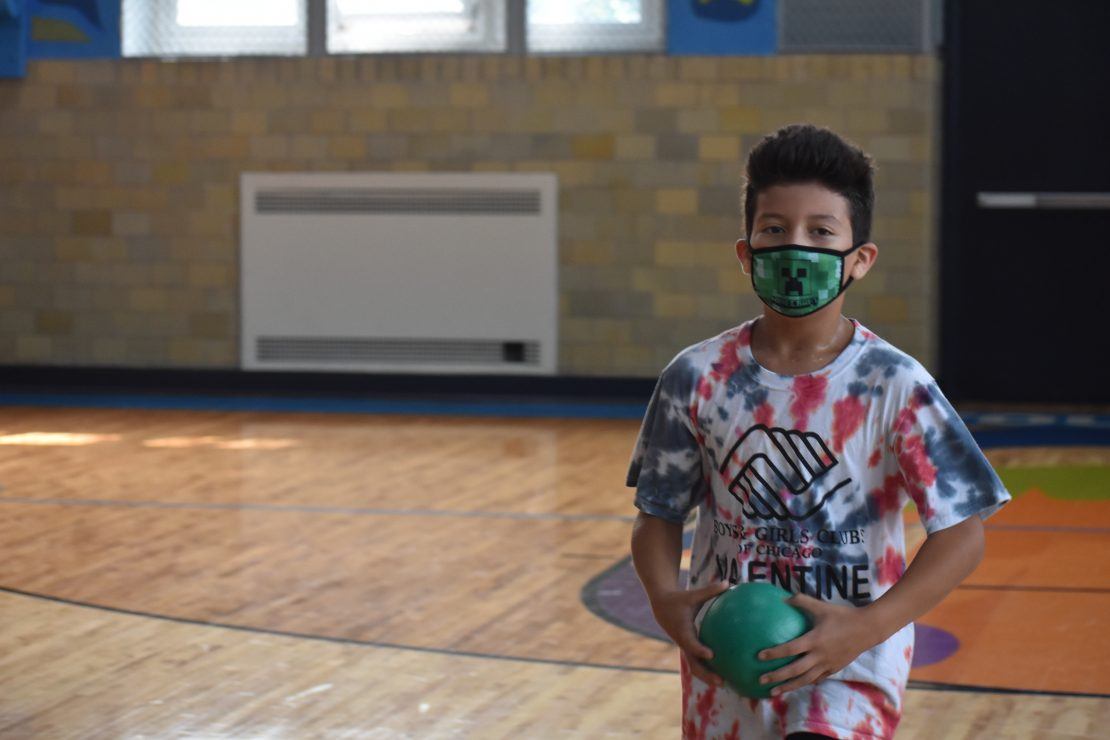
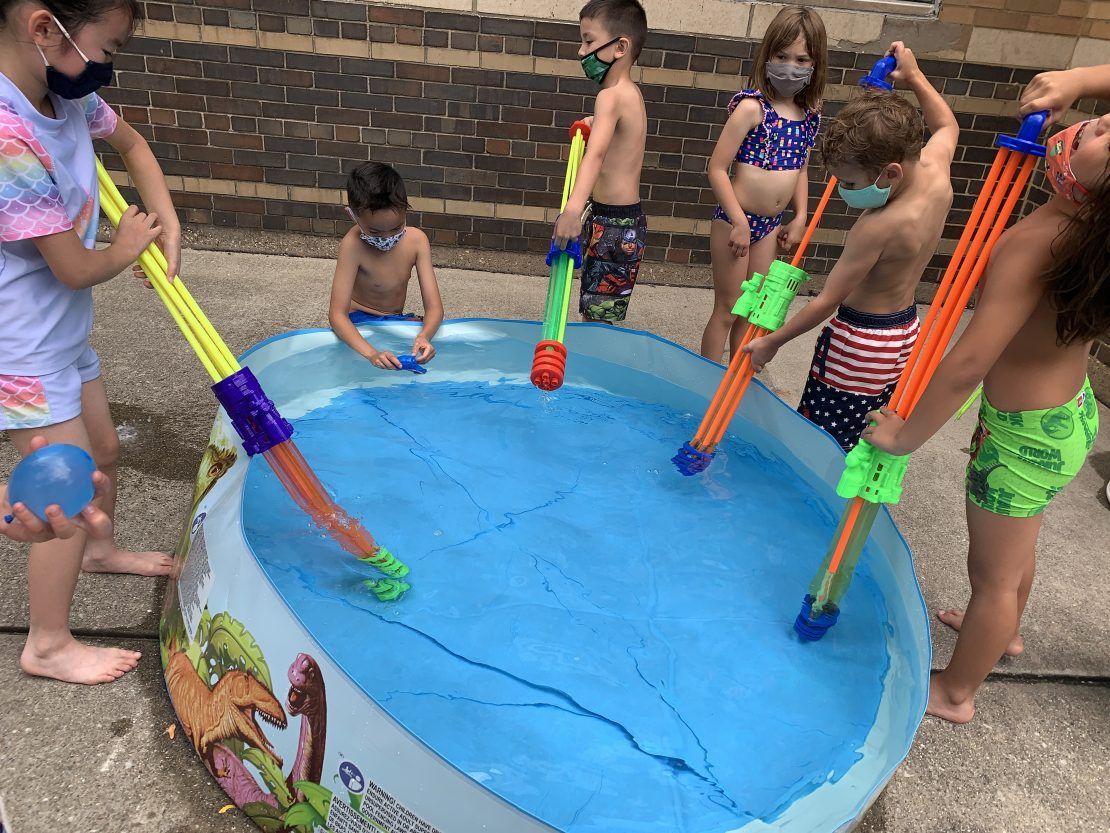
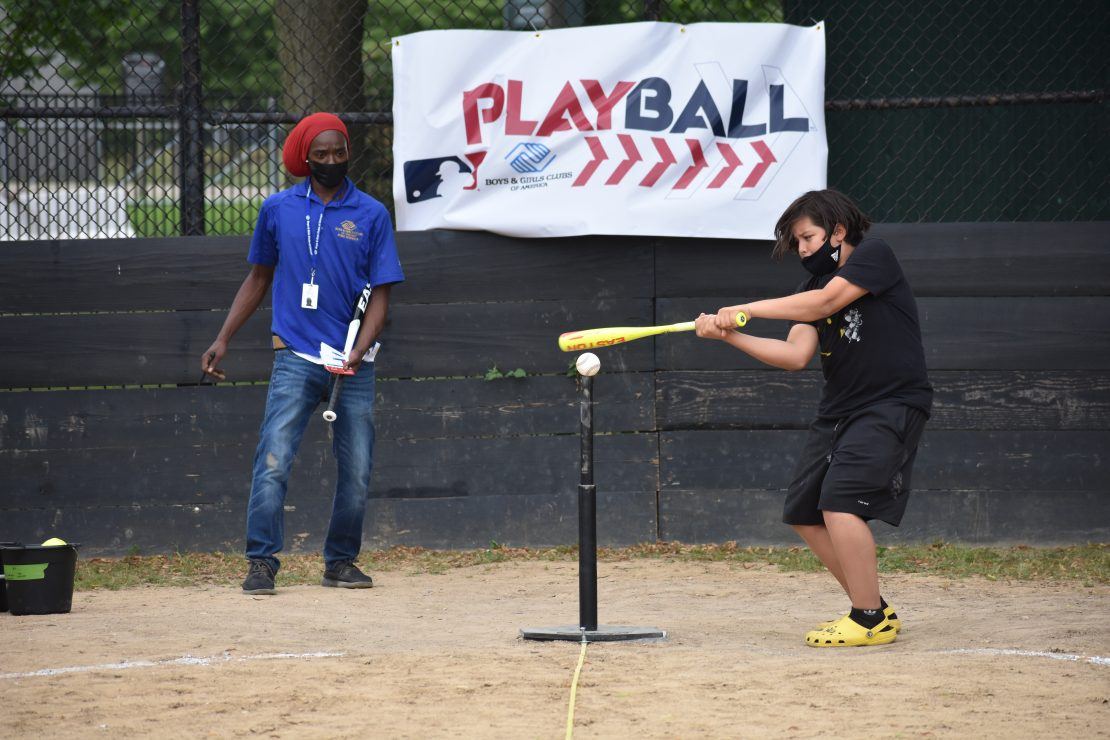
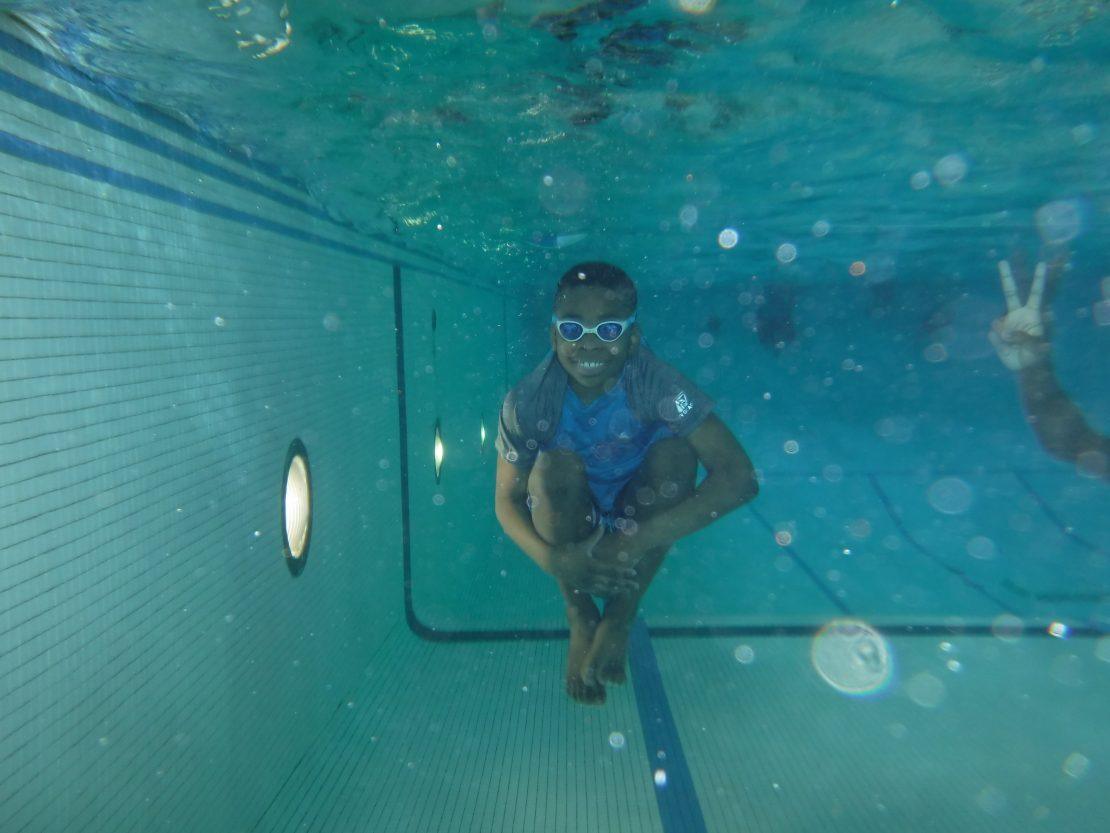
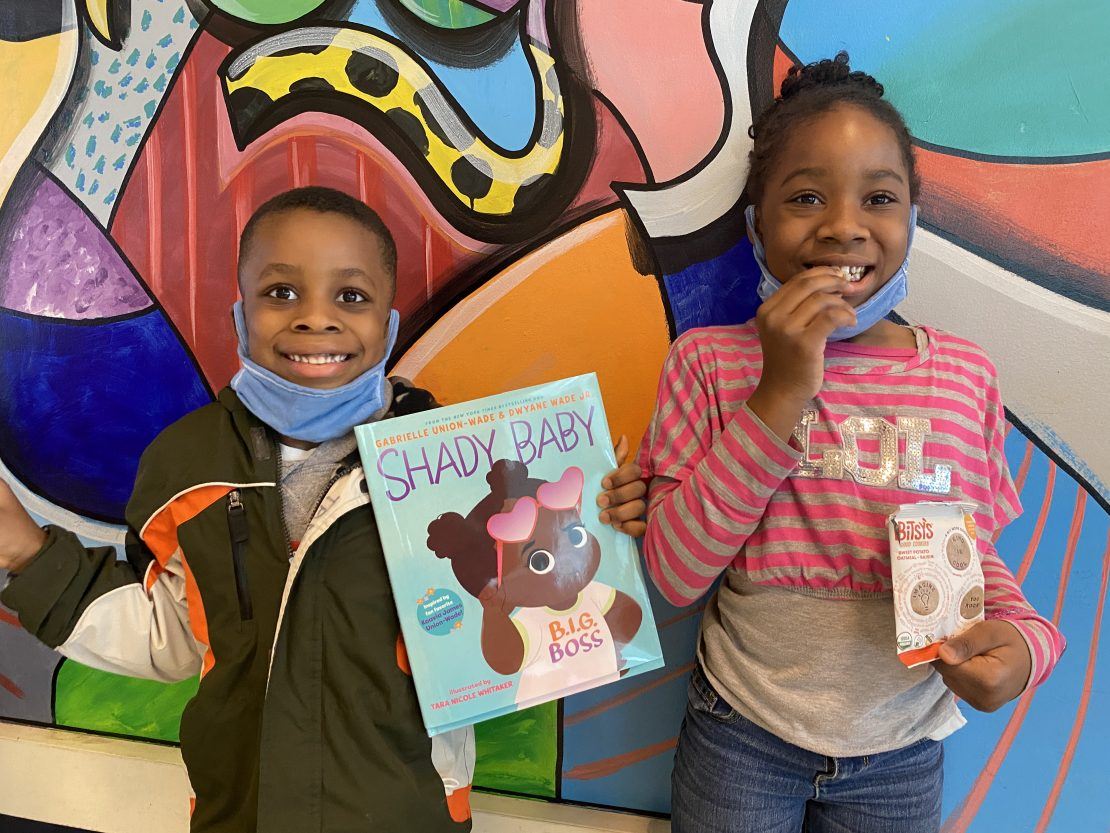
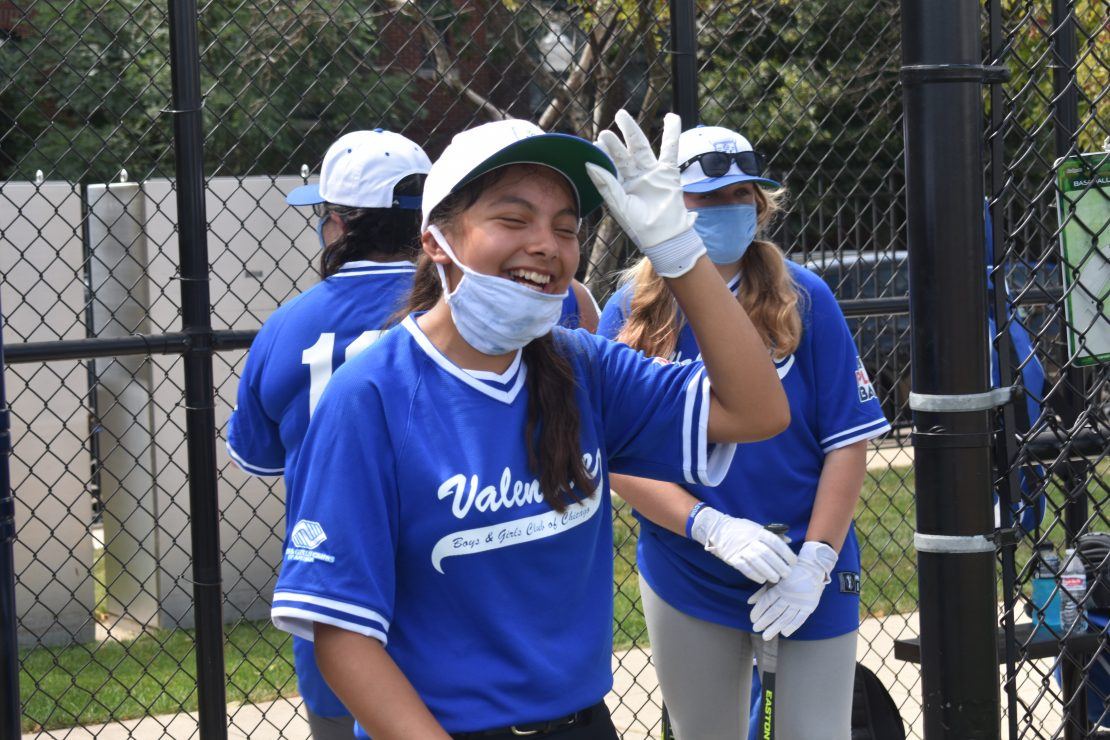
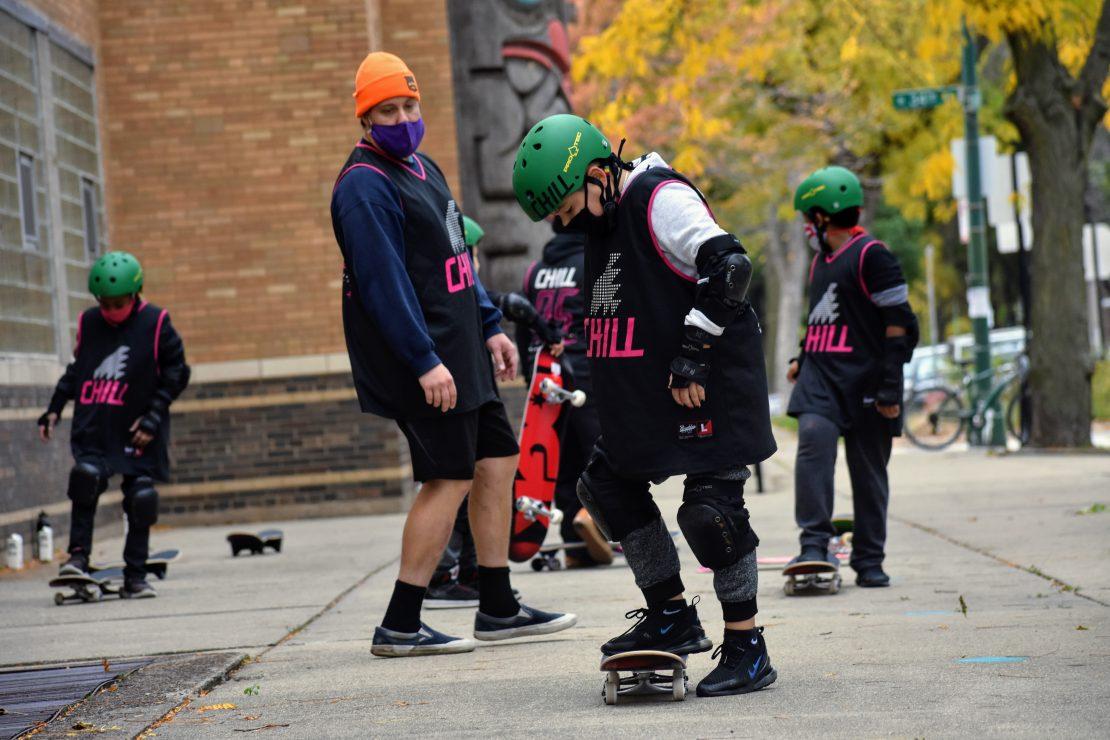
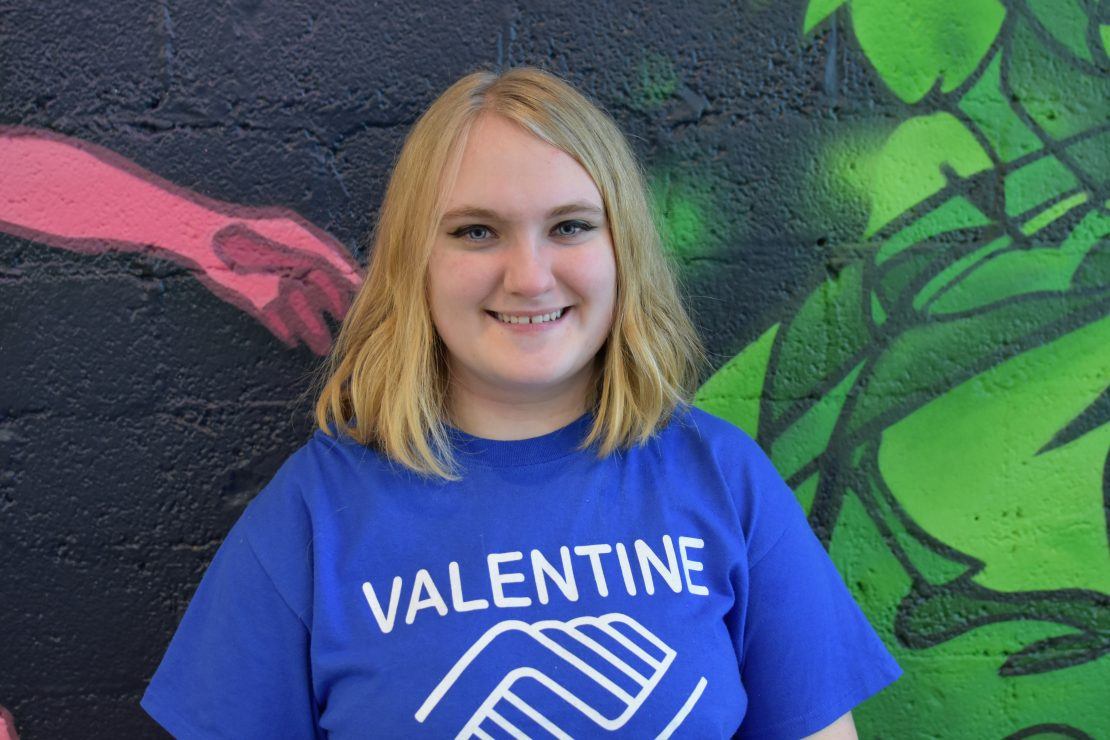
Donate to the Bartlett J. McCartin Club
When you make a gift to Boys & Girls Clubs of Chicago, you are directly supporting children in our community during this uncertain time. With your help, we are as committed as ever to enabling all of our remarkable young people to reach their full potential.
